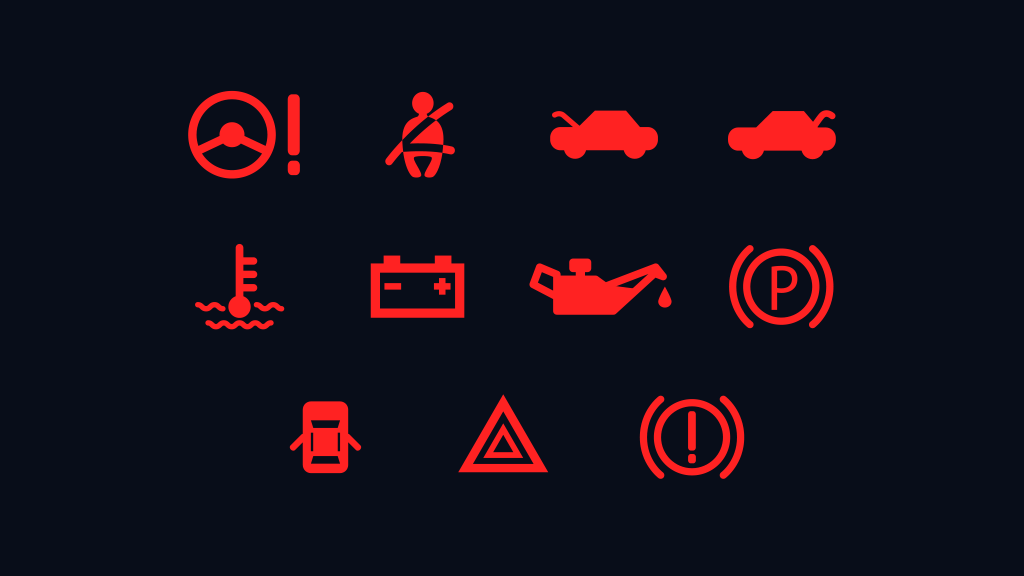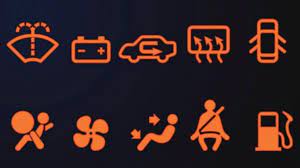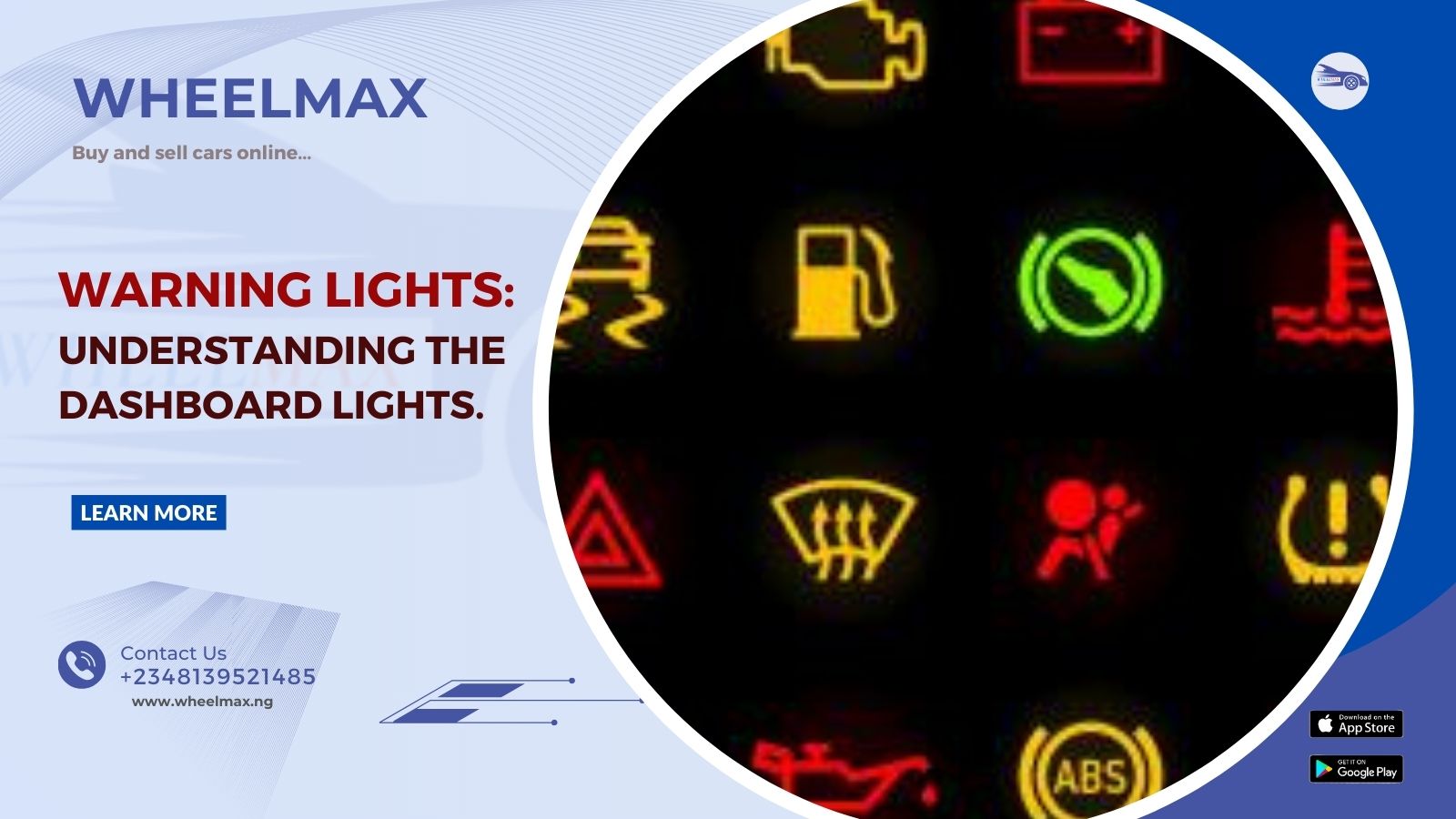Dashboard lights: Unveiling the Mystery of Your Car's Warning Lights
Have you ever been cruising down the highway, jamming to your tunes, when a cryptic symbol on your dashboard lights up like a mini disco ball? Panic might set in, but fear not, fellow travelers! Those glowing icons are actually your car's way of having a conversation with you. Let's crack the code and turn those warning lights from anxiety-inducers into friendly informants.
Imagine your car as a complex machine (because, well, it is!). Just like your body, it has a bunch of systems working together to keep you moving. The dashboard is the mission control center, and those warning lights are like little flashing alarms. They're there to tell you when something isn't quite right, kind of like how a headache might signal you need more sleep.
But here's the thing, not all warnings are created equal. Some are like sirens blaring, "Pull over now!" while others are more like gentle nudges saying, "Hey, buddy, maybe get me checked out soon." Let's delve into the two main types of warning lights:
- Red Alert! Red Warning Lights:

These bad boys shouldn't be trifled with. Think of them as your car screaming, "STOP!" Examples include brake system warnings or oil pressure lights. Ignoring a red light is like ignoring a stop sign – it's a recipe for disaster. If you see a red light, pull over safely ASAP and shut off the engine. Consult your owner's manual and call for help if needed. Remember, your safety (and everyone else's on the road) is paramount. - Caution: Yellow/Orange Warning Lights:

These fellas are like those nagging friends who keep reminding you to do your laundry (your car's laundry, that is). They indicate a non-emergency issue, but one that shouldn't be brushed aside. A classic example is the check engine light. While it might not mean your car is about to explode (hopefully!), it could signify anything from a loose gas cap (easily fixable) to a more serious engine problem. Don't be like that friend who keeps wearing mismatched socks – get your car checked by a mechanic when a yellow light pops up.
Why shouldn't you treat warning lights like yesterday's news? Think of it this way:
- Safety First: A neglected issue like worn brake pads or faulty tire pressure can turn a pleasant drive into a real white-knuckle situation. Ignoring these warnings is like driving blindfolded – not exactly recommended!
- Save Those Benjamins: A small problem left unchecked can morph into a giant repair bill down the road. Think of it as preventative maintenance for your car – those little fixes now can save you a lot of hassle (and money) later.
- Nobody Likes Being Stranded: Imagine cruising through the middle of nowhere when your car decides to take a permanent nap. Ignoring warnings can lead to breakdowns, leaving you stranded and potentially facing towing charges. Not exactly a fun way to spend the afternoon.
So, what should you do when a warning light appears? Don't panic! Here's your action plan:
- Grab Your Manual (Not the Transmission One): Your car's owner's manual is like a secret decoder ring for those dashboard symbols. It will have a detailed explanation of each light and its meaning. Keep it handy in your glove compartment for easy reference.
- Red Light? Time Out!: As mentioned earlier, pull over safely and turn off the engine. Consult your owner's manual and call for help if necessary.
- Yellow Light? Schedule a Check-Up: If possible, get your car to a mechanic to diagnose the problem. Think of it as taking your car to the doctor – early detection and treatment can prevent more serious issues.
Remember, knowledge is power, especially when it comes to your car. Don't be afraid to ask questions, consult your mechanic, and become a decoding pro for those dashboard symbols. By paying attention to your car's warning lights, you can ensure a smooth and safe ride for yourself and your passengers. After all, a happy car is a happy driver (and a happy wallet too!).
Tip: Feeling a bit overwhelmed by all this car talk? No worries! There are plenty of fun and informative resources online and in libraries that can turn you into a car care whiz in no time. So, buckle up, embrace those warning lights as helpful guides, and hit the road with confidence!
